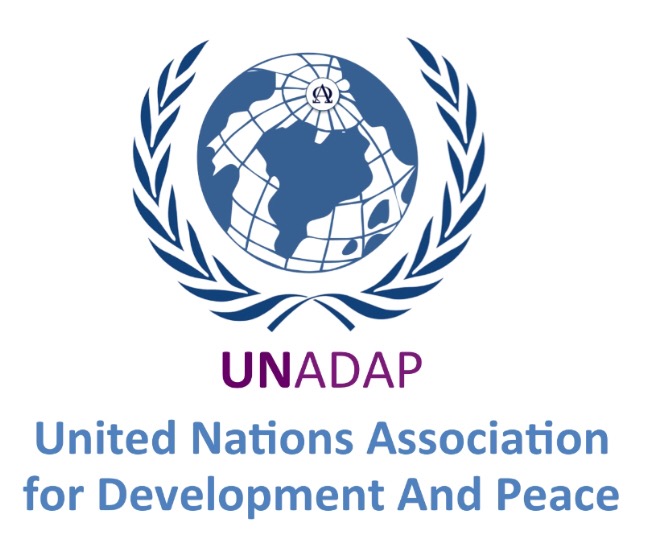A little-known disease wiping out millions of sheep and goats, and livelihoods | FAO
- UNADAP | United Nations
- Dec 1, 2022
- 2 min read
Peste des petits ruminants (PPR) or sheep and goat plague is a highly contagious animal disease affecting small ruminants. An estimated 300 million families who rely on small ruminants, such as sheep and goats, as a source of food and income are at risk of losing their livelihoods and may be forced to migrate, particularly in areas where food insecurity, other resource shortages or crises already exist. Eradicating the disease is a top priority if we are to ensure that the income and assets of these families are preserved and they can lead active and healthy lives.

Here are five things you need to know about the disease:
1. There are an estimated two billion susceptible small ruminants in the world. This highly infectious plague could infect up to 80% of the world’s ruminants if not controlled. Eradicating the disease is a key contributor to ending poverty and hunger on a global scale. It can also prevent entire families migrating in response to having their livelihoods destroyed.

2. PPR has spread at an alarming rate over the last 15 years. More than 70 countries have reported the disease since it was first identified in Côte d’Ivoire in the 1940s. Most of them are in Africa, Middle East and Asia and more countries could be at risk if the disease is not controlled, causing further losses and hardship for some of the world’s most vulnerable populations.
3. The disease causes major negative economic impacts. It is estimated that PPR causes economic losses up to $2 billion per year. Eradicating this disease is feasible and can preserve the income base and food source of millions of smallholders or pastoralists who sell sheep and goats for their income or to feed their families. Eradicating PPR will also foster the security and empowerment of women, as they are often responsible for looking after livestock.
4. Food from sheep and goats is an essential part of the daily diets of rural people and is key in overcoming malnutrition. Sheep and goat milk is of high nutritional value, especially for children. Eradicating the disease can play a significant role in boosting food security and nutrition for millions around the world.
5. Eradicating sheep and goat plague is achievable by 2030. An inexpensive and readily available vaccine, which provides lifelong immunity from the disease, exists. A five-year plan to control the virus through vaccination exists. Urgent investments are needed to combat the spread of PPR and save the livelihoods of vulnerable populations that rely on sheep and goats for their survival.
FAO and the World Organisation for Animal Health (OIE) are working together to mobilize the international community, concentrating on affected areas in Africa, Middle East and Asia. The FAO-OIE partnership has proven successful in eradicating Rinderpest, a similar cattle disease. Working together, we can end sheep and goat plague by 2030.
Copyright: FAO Stories






Comments